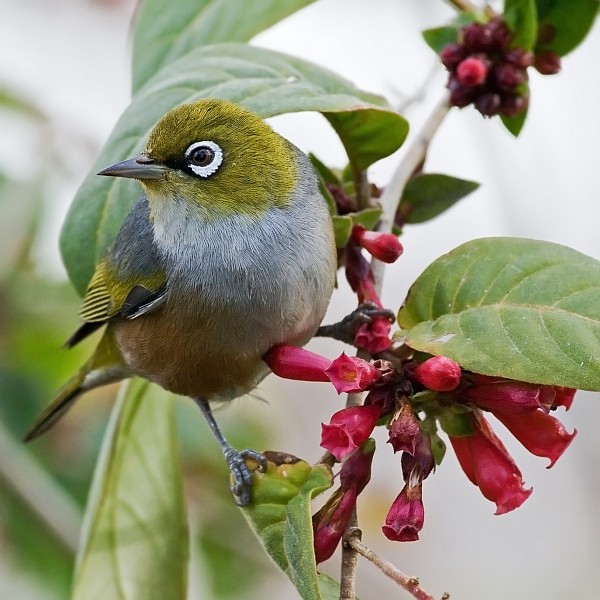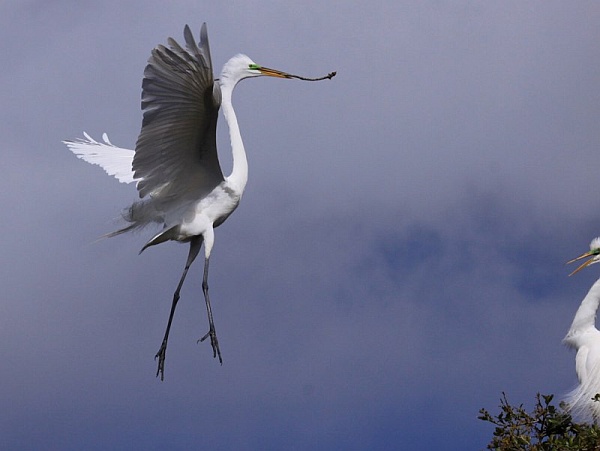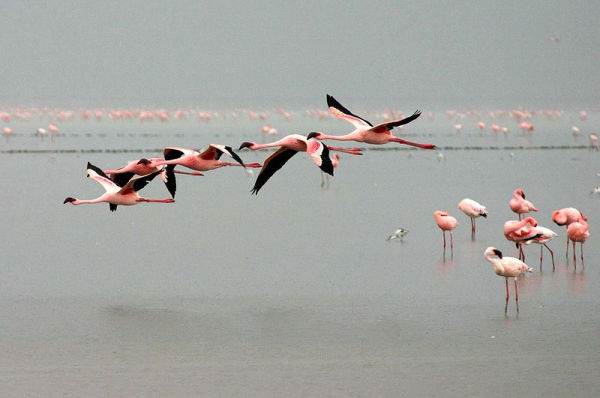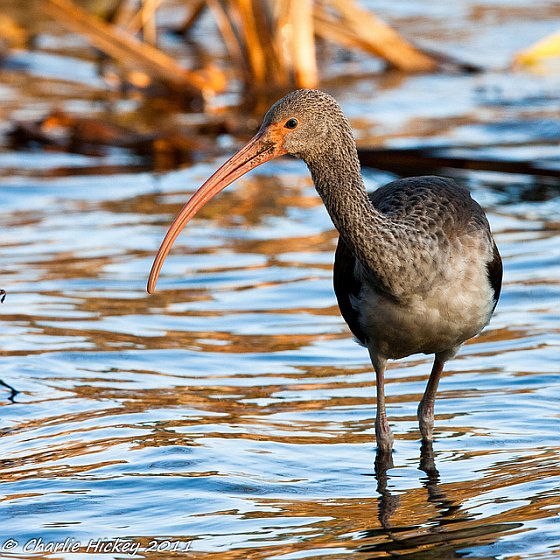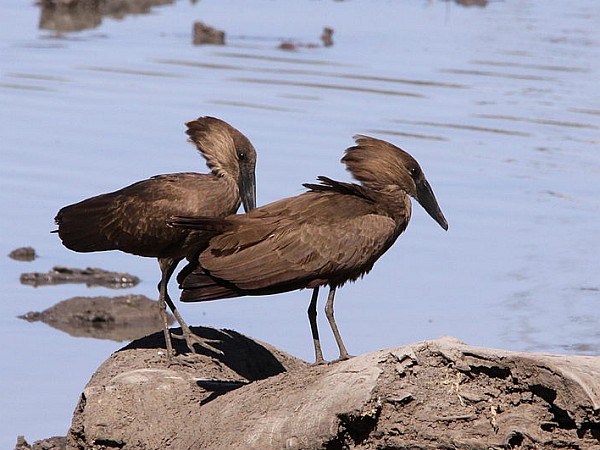
Most birds build nests but this one takes construction to an extreme.
The hamerkop (Scopus umbretta) is a heron-like bird native to Africa that builds a domed nest so large a man can stand on it.
When they begin a new nest, the hamerkops find a suitable tree and spend six to eight weeks collecting 10,000 sticks and cementing them with mud to create a dome with a hidden entrance. They finish it off with thatch and decorations… er, rather, their idea of decorations which are sometimes colorful bits of trash.
A new nest is approximately three by five feet, perhaps not sturdy enough to support a man. But don’t worry, the hamerkops aren’t going anywhere (they’re non-migratory) and they’re not going to abandon their investment. Year after year they add more sticks and mud and the nest grows, sometimes to 6.5 feet in diameter. Now you can stand on it.
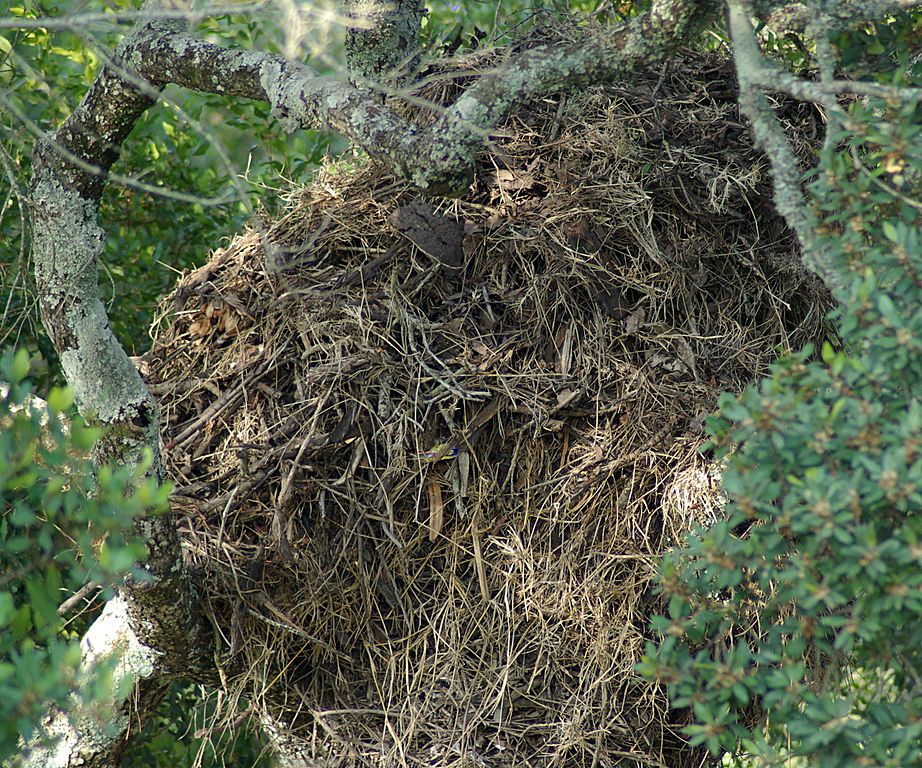
Click here to see another example.
What a big pile of sticks! And a remarkable feat for a dull brown bird just slightly larger than a green heron.
(photo from Wikimedia Commons)
p.s. If you want to see a hamerkop in Pittsburgh there’s one in the Wetlands Room at the National Aviary. Until I learned about his nest, I never noticed him there because he’s dull brown and stays in the background.

